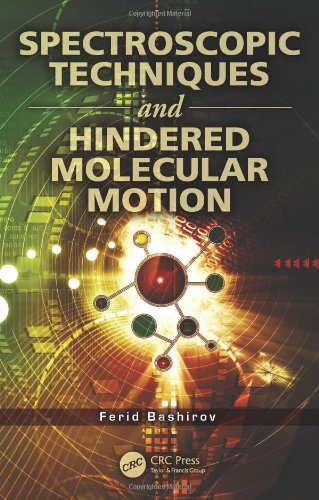

Most ebook files are in PDF format, so you can easily read them using various software such as Foxit Reader or directly on the Google Chrome browser.
Some ebook files are released by publishers in other formats such as .awz, .mobi, .epub, .fb2, etc. You may need to install specific software to read these formats on mobile/PC, such as Calibre.
Please read the tutorial at this link. https://ebooknice.com/page/post?id=faq
We offer FREE conversion to the popular formats you request; however, this may take some time. Therefore, right after payment, please email us, and we will try to provide the service as quickly as possible.
For some exceptional file formats or broken links (if any), please refrain from opening any disputes. Instead, email us first, and we will try to assist within a maximum of 6 hours.
EbookNice Team

Status:
Available4.4
13 reviewsSpectroscopic Techniques and Hindered Molecular Motion presents a united, theoretical approach to studying classical local thermal motion of small molecules and molecular fragments in crystals by spectroscopic techniques. Mono- and polycrystalline case studies demonstrate performance validity.
The book focuses on small molecules and molecular fragments, such as N2, HCl, CO2, CH4, H2O, NH4, BeF4, NH3, CH2, CH3, C6H6, SF6, and other symmetrical atomic formations, which exhibit local hindered motion in molecular condensed media: molecular and ionic crystals, molecular liquids, liquid crystals, polymeric solids, and biological objects. It reviews the state of studying the hindered molecular motion (HMM) phenomenon and the experimental works on the basis of the latest theoretical research.
Case Studies
Organic compounds, polymers, pharmaceutical products, and biological systems consist of the molecular fragments, which possess rotational or conformational degrees of freedom or an atomic exchange within the fragments. Liquid crystals present a menagerie of substances for which orientational ordering shows special significance. Knowledge of the laws of molecular motion stimulates growing new crystals and synthesizing new substances with the desired properties. Although this book does not exhaust all varieties of scientific and engineering problems, it is a fundamental and comprehensive resource and catalyst for further HMM research.